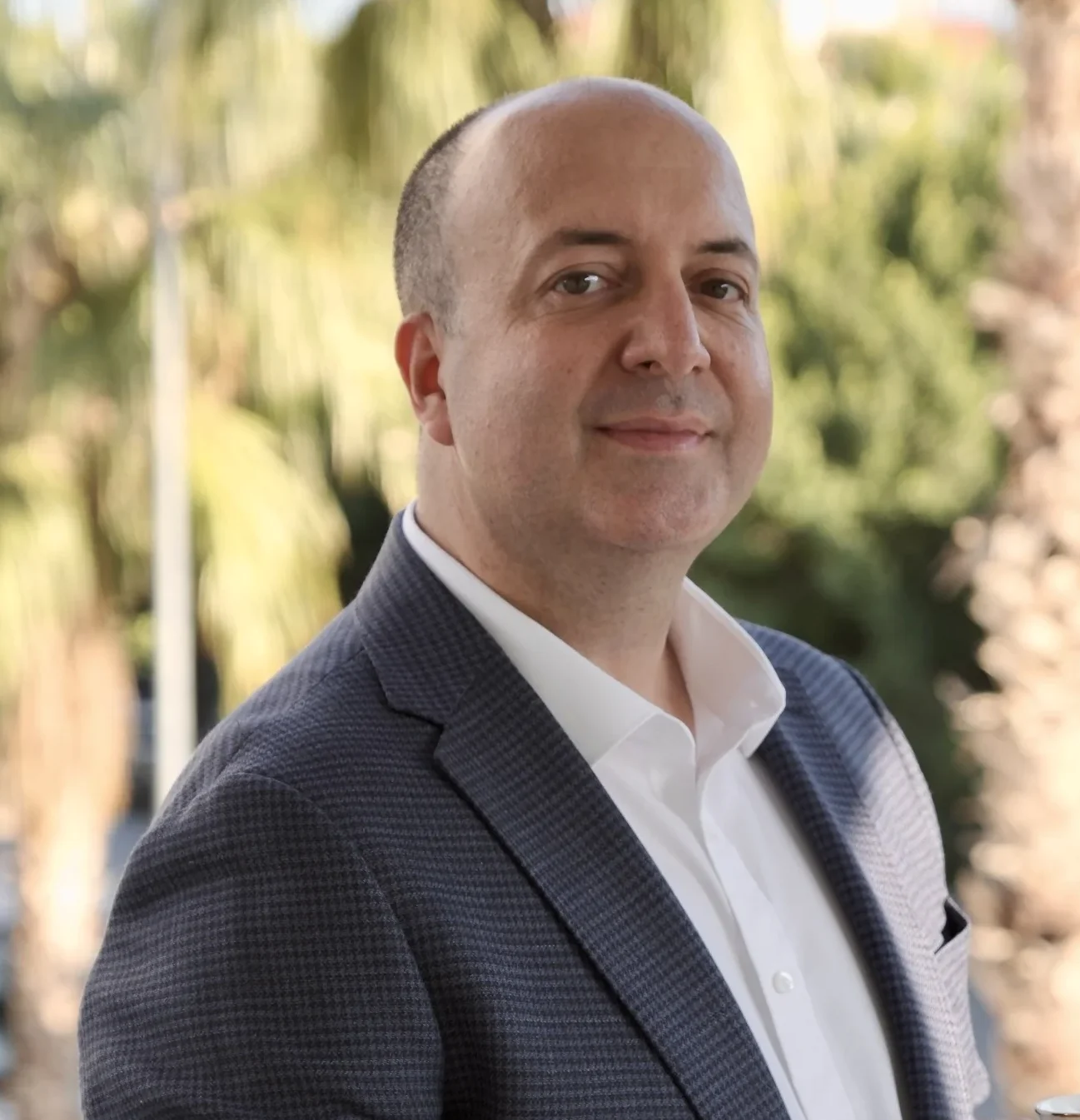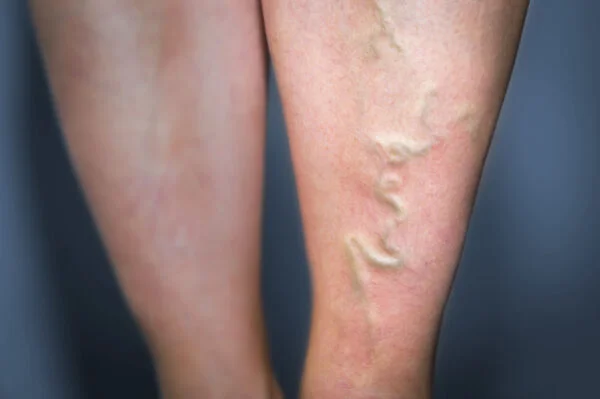Varis tedavisi sonrasında tekrar oluşma riski var, ancak doğru tedavi ve yaşam tarzı değişiklikleri ile bu risk azaltılabilir. Tedavi sonrasında dolaşım sistemini desteklemek, damarların elastikiyetini korumak ve damar genişlemesini engellemek için önlemler almak önemlidir. Bacağınızda çok sayıda toplardamar vardır. Bu varisin tekrarı değil, yeni varis oluşumunu ifade eder.
Tedavi sonrasında şu adımlar atılabilir:
- Kompresyon Çorapları: Doktorunuzun önerdiği şekilde kullanılan kompresyon çorapları, bacaklardaki kan dolaşımını destekleyerek varis oluşumunu azaltabilir.
- Düzenli Egzersiz: Düzenli egzersiz, bacak kaslarını güçlendirir ve dolaşım sistemini destekler. Yürüyüş, bisiklet sürme veya yüzme gibi düşük etkili egzersizler önerilebilir.
- Sağlıklı Beslenme: Yeterli lif alımı ve sağlıklı beslenme, genel sağlığı iyileştirir ve damar sağlığını destekler.
- Kilo Kontrolü: Aşırı kilo, bacaklardaki damarlara ekstra baskı yapabilir. Sağlıklı bir kilo korumak varis riskini azaltabilir.
- Düzenli Kontroller: Tedavi sonrasında düzenli doktor kontrolleri önemlidir. Belirtiler yeniden ortaya çıkarsa, erken müdahale etmek tedavi başarısını artırabilir.
Varis tedavisi, semptomları hafifletmek ve görünümü düzeltmek için etkili olabilir, ancak tamamen yeni varis oluşumunu engelleyemez. Her hasta farklıdır, bu nedenle tedavi sonrası sürecin yönetimi için doktorunuzla işbirliği yapmak önemlidir.
Renkli Doppler ultrasonun amacı bunu belirlemektir. İçerde problem varsa, başka varisler oluşabilir. Bu nedenle önce içerideki problemi çözeriz, sonra dış görüntü tedavisi uygularız. Görünen damarlar bozuk olanlardır, ve biz bu bozuk olanları tedavi ediyoruz. İleride başka toplardamarlarınız elbette bozulabilir. Ancak bunlar tedavi edilmezse, yenileri üzerlerine eklenecektir. Bir dişiniz çürüdüğünde tedavi olmanıza rağmen, nasıl başka bir dişiniz de çürüyebilirse aynı durum söz konusu.

2019 yılında Alanya ‘da hizmet vermeye başlayan Dr.ZAN varis kliniği özellikle fleboloji (varis ve diğer toplardamar hastalıkları ile ilgilenen bilim dalı) alanında hizmet verilmektedir. Dr.Zan varis kliniği kurucusu Op. Dr. İlker Zan’dır. 2025 yılından itibaren Antalya’ da hizmet vermeye başlamıştır.


